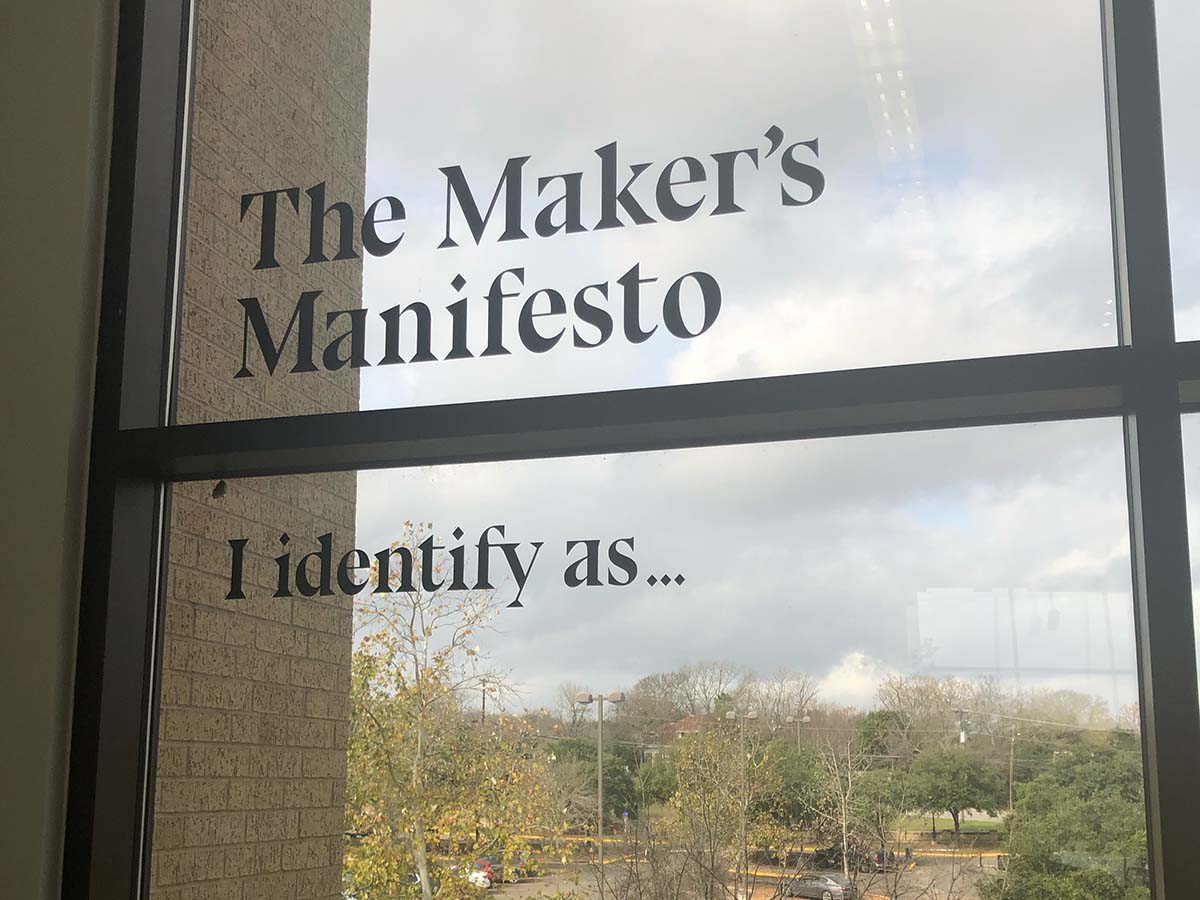Omari Souza
Assistant Professor
Texas State University
Gabriela Disarli, Graduate Candidate, Texas State University
Dillion Sorensen, Graduate Candidate, Texas State University
Leslie Harris, Graduate Candidate, Texas State University
Traditional design projects typically include the paying client and professionals within related industries. The paying client will often use the services of the designer to attract a targeted audience to a product or service, but what if we transition the members of the audience from passive recipients in the solution to the active contributor. While there may be times when informing is a necessary part of the process, we believe that real impact is often made when we intentionally build up a person’s capacity to contribute at higher levels. Call and response is a form of interaction between a speaker and an audience in which responses from the audience punctuates the speaker’s statements (“calls”). If we view the caller as a user, and the designer as a responder, we turn the design into a tool to ask questions and pose solutions.
This presentation explores how a group of nine graduate communication design students explored how design can be used to create behavioral and systemic change by using the participatory design process. The final deliverables explores the idea of problems as proverbial calls with the designer and audience as equitable participants in the response, or the means to a solution. We explore various calls, including calls for advocacy on behalf of marginalized social groups, calls for self-reflection on the design field itself, and calls for the future that speculates about potential directions within the field of design.
This research was presented at the Design Incubation Colloquium 6.3: Fordham University on May 16, 2020.
